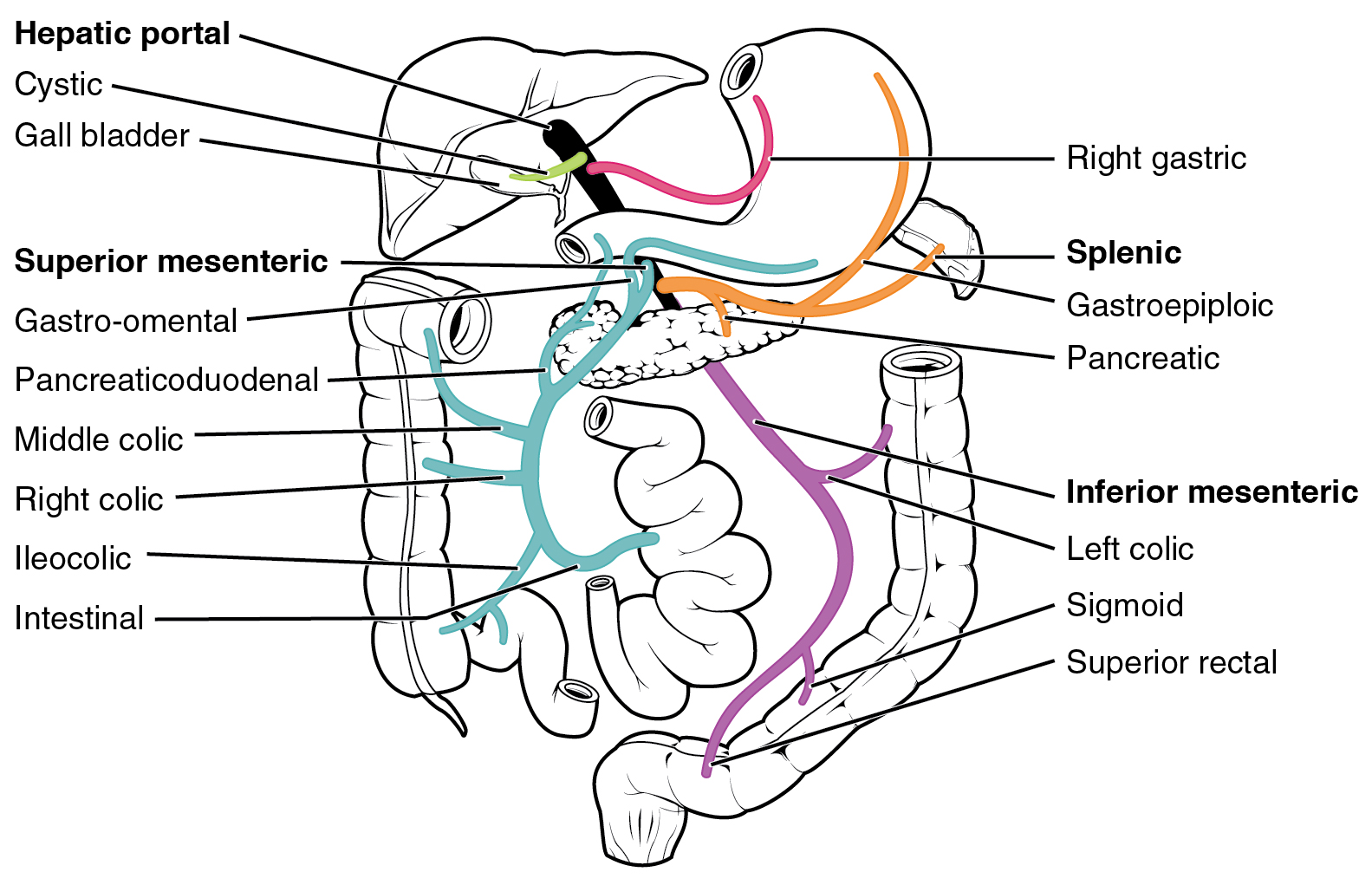|
4-AcO-DMT
''O''-Acetylpsilocin (also known as psilacetin, 4-acetoxy-DMT, 4-AcO-DMT, or synthetic shrooms) is a semi-synthetic psychoactive drug that has been suggested by David Nichols to be a potentially useful alternative to psilocybin for pharmacological studies, as they are both believed to be prodrugs of psilocin. However, some users report that ''O''-acetylpsilocin's subjective effects differ from those of psilocybin and psilocin. Additionally, some users prefer 4-AcO-DMT to natural psilocybin mushrooms due to feeling fewer adverse side effects such as nausea and heavy body load, which are more frequently reported in experiences involving natural mushrooms. It is the acetylated form of the psilocybin mushroom alkaloid psilocin and is a lower homolog of 4-AcO-MET, 4-AcO-DET, 4-AcO-MiPT and 4-AcO-DiPT. History ''O''-Acetylpsilocin (psilacetin) and several other esters of psilocin were patented on January 16, 1963 by Sandoz Ltd via Albert Hofmann & Franz Troxler. Despite this, ps ... [...More Info...] [...Related Items...] OR: [Wikipedia] [Google] [Baidu] |
Psilocin
Psilocin (also known as 4-HO-DMT, 4-hydroxy DMT, psilocine, psilocyn, or psilotsin) is a substituted tryptamine alkaloid and a serotonergic psychedelic substance. It is present in most psychedelic mushrooms together with its phosphorylated counterpart psilocybin. Psilocin is a Schedule I drug under the Convention on Psychotropic Substances. Acting on the 5-HT2A receptors, psilocin modulates the production and reuptake of serotonin. The mind-altering effects of psilocin are highly variable and subjective and resemble those of LSD and DMT. Chemistry Psilocin and its phosphorylated cousin, psilocybin, were first isolated and named in 1958 by Swiss chemist Albert Hofmann. Hofmann obtained the chemicals from laboratory-grown specimens of the entheogenic mushroom '' Psilocybe mexicana''. Hofmann also succeeded in finding synthetic routes to these chemicals. Psilocin can be obtained by dephosphorylation of natural psilocybin under strongly acidic or under alkaline condition ... [...More Info...] [...Related Items...] OR: [Wikipedia] [Google] [Baidu] |
Dimethyltryptamine
''N'',''N''-Dimethyltryptamine (DMT or ''N'',''N''-DMT, SPL026) is a substituted tryptamine that occurs in many plants and animals, including human beings, and which is both a derivative and a structural analog of tryptamine. It is used as a psychedelic drug and prepared by various cultures for ritual purposes as an entheogen. DMT has a rapid onset, intense effects, and a relatively short duration of action. For those reasons, DMT was known as the "business trip" during the 1960s in the United States, as a user could access the full depth of a psychedelic experience in considerably less time than with other substances such as LSD or psilocybin mushrooms. DMT can be inhaled, ingested, or injected and its effects depend on the dose, as well as the mode of administration. When inhaled or injected, the effects last a short period of time: about five to 15 minutes. Effects can last three hours or more when orally ingested along with a monoamine oxidase inhibitor (MAOI), suc ... [...More Info...] [...Related Items...] OR: [Wikipedia] [Google] [Baidu] |
4-Acetoxy-MET
4-Acetoxy-MET (4-Acetoxy-''N''-methyl-''N''-ethyltryptamine), also known as metacetin or 4-AcO-MET, is a hallucinogenic tryptamine. It is the acetate ester of 4-HO-MET, and a homologue of 4-AcO-DMT. It is a novel compound with very little history of human use. It is sometimes sold as a research chemical by online retailers. It is expected that the compound is quickly hydrolyzed into the free phenolic 4-HO-MET by serum esterases, but human studies concerning the metabolic fate of this drug are lacking. Legality 4-Acetoxy-MET is unscheduled in the United States. It may be considered an analogue of Psilocin, a Schedule I drug under the Controlled Substances Act The Controlled Substances Act (CSA) is the statute establishing federal government of the United States, federal drug policy of the United States, U.S. drug policy under which the manufacture, importation, possession, use, and distribution of .... As such, the sale for human consumption or the use for illicit non- ... [...More Info...] [...Related Items...] OR: [Wikipedia] [Google] [Baidu] |
4-AcO-MiPT
4-AcO-MiPT (4-acetoxy-''N''-methyl-''N''-isopropyltryptamine or mipracetin) is a psychedelic tryptamine. It is closely related to ''O''-acetylpsilocin and MiPT. There is very little information on the human pharmacology or toxicity Toxicity is the degree to which a chemical substance or a particular mixture of substances can damage an organism. Toxicity can refer to the effect on a whole organism, such as an animal, bacterium, or plant, as well as the effect on a subs ... of 4-AcO-MiPT, although analytical methods have been developed for its detection. Drug prohibition laws Sweden ''Sveriges riksdags'' health ministry ''Statens folkhälsoinstitut'' classified 4-AcO-MiPT as "health hazard" under the act ''Lagen om förbud mot vissa hälsofarliga varor'' (translated ''Act on the Prohibition of Certain Goods Dangerous to Health'') as of Nov 1, 2005, in their regulation SFS 2005:733 listed as 4-acetoxi-N,N-metylisopropyltryptamin (4-AcO-MIPT), making it illegal to sel ... [...More Info...] [...Related Items...] OR: [Wikipedia] [Google] [Baidu] |
Deacetylation
: In organic chemistry, acetylation is an organic esterification reaction with acetic acid. It introduces an acetyl group into a chemical compound. Such compounds are termed ''acetate esters'' or simply ''acetates''. Deacetylation is the opposite reaction, the removal of an acetyl group from a chemical compound. Organic synthesis Acetate esters and acetamides are generally prepared by acetylations. Acetylations are often used in making C-acetyl bonds in Friedel-Crafts reactions. Carbanions and their equivalents are susceptible to acetylations. Acetylation reagents Many acetylations are achieved using these three reagents: *Acetic anhydride. This reagent is common in the laboratory; its use cogenerates acetic acid. *Acetyl chloride. This reagent is also common in the laboratory, but its use cogenerates hydrogen chloride, which can be undesirable. *Ketene. At one time acetic anhydride was prepared by the reaction of ketene with acetic acid: :H2C=C=O + CH3COOH -> (CH3CO)2O\De ... [...More Info...] [...Related Items...] OR: [Wikipedia] [Google] [Baidu] |
Histone Deacetylase
Histone deacetylases (, HDAC) are a class of enzymes that remove acetyl groups (O=C-CH3) from an ε-N-acetyl lysine amino acid on a histone, allowing the histones to wrap the DNA more tightly. This is important because DNA is wrapped around histones, and DNA expression is regulated by acetylation and de-acetylation. Its action is opposite to that of histone acetyltransferase. HDAC proteins are now also called lysine deacetylases (KDAC), to describe their function rather than their target, which also includes non-histone proteins. HDAC super family Together with the acetylpolyamine amidohydrolases and the acetoin utilization proteins, the histone deacetylases form an ancient protein superfamily known as the histone deacetylase superfamily. Classes of HDACs in higher eukaryotes HDACs, are classified in four classes depending on sequence homology to the yeast original enzymes and domain organization: HDAC (except class III) contain zinc and are known as Zn2+-dependen ... [...More Info...] [...Related Items...] OR: [Wikipedia] [Google] [Baidu] |
Acetyltransferase
Acetyltransferase (or transacetylase) is a type of transferase enzyme that transfers an acetyl group. Examples include: * Histone acetyltransferases including CBP histone acetyltransferase * Choline acetyltransferase * Chloramphenicol acetyltransferase * Serotonin N-acetyltransferase * NatA Acetyltransferase * NatB acetyltransferase See also * Acyltransferase * Acetylation : In organic chemistry, acetylation is an organic esterification reaction with acetic acid. It introduces an acetyl group into a chemical compound. Such compounds are termed ''acetate esters'' or simply '' acetates''. Deacetylation is the oppo ... External links * Transferases {{enzyme-stub ... [...More Info...] [...Related Items...] OR: [Wikipedia] [Google] [Baidu] |
First Pass Effect
The first pass effect (also known as first-pass metabolism or presystemic metabolism) is a phenomenon of drug metabolism whereby the concentration of a drug, specifically when administered orally, is greatly reduced before it reaches the systemic circulation. It is the fraction of drug lost during the process of absorption which is generally related to the liver and gut wall. Notable drugs that experience a significant first-pass effect are buprenorphine, chlorpromazine, cimetidine, diazepam, ethanol (drinking alcohol), imipramine, insulin, lidocaine, midazolam, morphine, pethidine, propranolol, and tetrahydrocannabinol (THC). First pass metabolism may occur in the liver (for propranolol, lidocaine, clomethiazole, and NTG) or in the gut (for benzylpenicillin and insulin). After a drug is swallowed, it is absorbed by the digestive system and enters the hepatic portal system. It is carried through the portal vein into the liver before it reaches the rest of the body. ... [...More Info...] [...Related Items...] OR: [Wikipedia] [Google] [Baidu] |
Psychoactive Drug
A psychoactive drug, psychopharmaceutical, psychoactive agent or psychotropic drug is a chemical substance, that changes functions of the nervous system, and results in alterations in perception, mood, consciousness, cognition or behavior. These substances may be used medically, recreationally or spiritually to a. Purposefully improve one’s perceived performance b. Alter one's consciousness (such as with entheogens for ritual, spiritual or shamanic purposes) or c. For research. Some categories of psychoactive drugs - which are believed, by some, to have therapeutic value - may be prescribed by some physicians and other healthcare practitioners. Examples of medication categories that may contain potentially beneficial psychoactive drugs include, but are not limited to: # Anesthetics # Analgesics # Anticonvulsants # Anti-Parkinson’s medications # Medications used to treat Neuropsychiatric Disorders a. Antidepressants b. Anxiolytics c. Antipsychotics d. ... [...More Info...] [...Related Items...] OR: [Wikipedia] [Google] [Baidu] |
Body Load
Body load is the specific physical or tactile sensations brought on by psychoactive drugs, especially psychedelics. Generally, body load is an unpleasant physical sensation that is difficult to describe objectively either in terms of other sensations or in its specific location. However, it could be likened to an instinct of the body sensing it is about to be placed under exceptional stress, a state of pre-shock. Common symptoms include stomach ache, nausea, dizziness, feelings of being over-stimulated or "wired," shivering, feelings of excessive tension in the torso, or, in more severe cases, shortness of breath or a feeling of suffocation. Different drugs may cause different body load sensations which vary in intensity and duration. In contrast, many drug users, and particularly users of cannabis, entactogens like MDMA or of certain synthetic phenethylamines (most notably the popular 2C-B) and tryptamines, also often report a "body high" or "body rush", which is similar to body l ... [...More Info...] [...Related Items...] OR: [Wikipedia] [Google] [Baidu] |
Organic Compound
In chemistry, organic compounds are generally any chemical compounds that contain carbon- hydrogen or carbon-carbon bonds. Due to carbon's ability to catenate (form chains with other carbon atoms), millions of organic compounds are known. The study of the properties, reactions, and syntheses of organic compounds comprise the discipline known as organic chemistry. For historical reasons, a few classes of carbon-containing compounds (e.g., carbonate salts and cyanide salts), along with a few other exceptions (e.g., carbon dioxide, hydrogen cyanide), are not classified as organic compounds and are considered inorganic. Other than those just named, little consensus exists among chemists on precisely which carbon-containing compounds are excluded, making any rigorous definition of an organic compound elusive. Although organic compounds make up only a small percentage of Earth's crust, they are of central importance because all known life is based on organic compounds. Livin ... [...More Info...] [...Related Items...] OR: [Wikipedia] [Google] [Baidu] |






